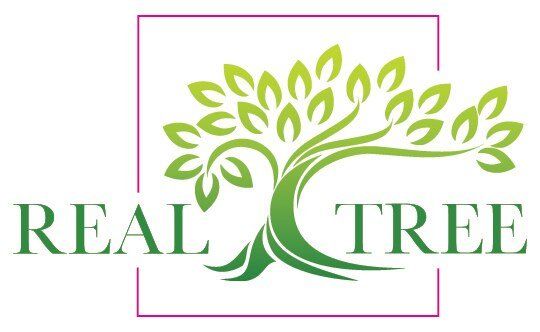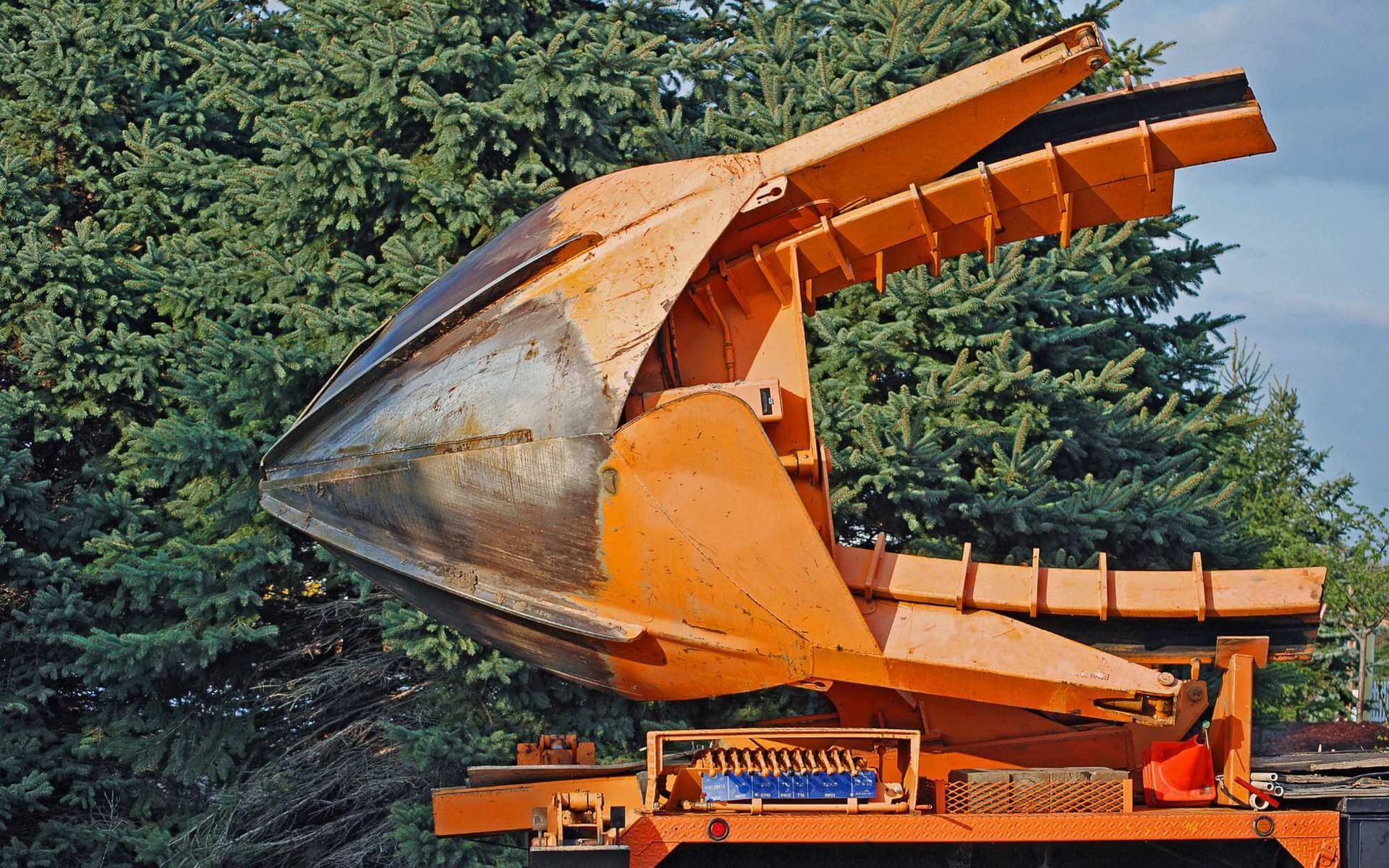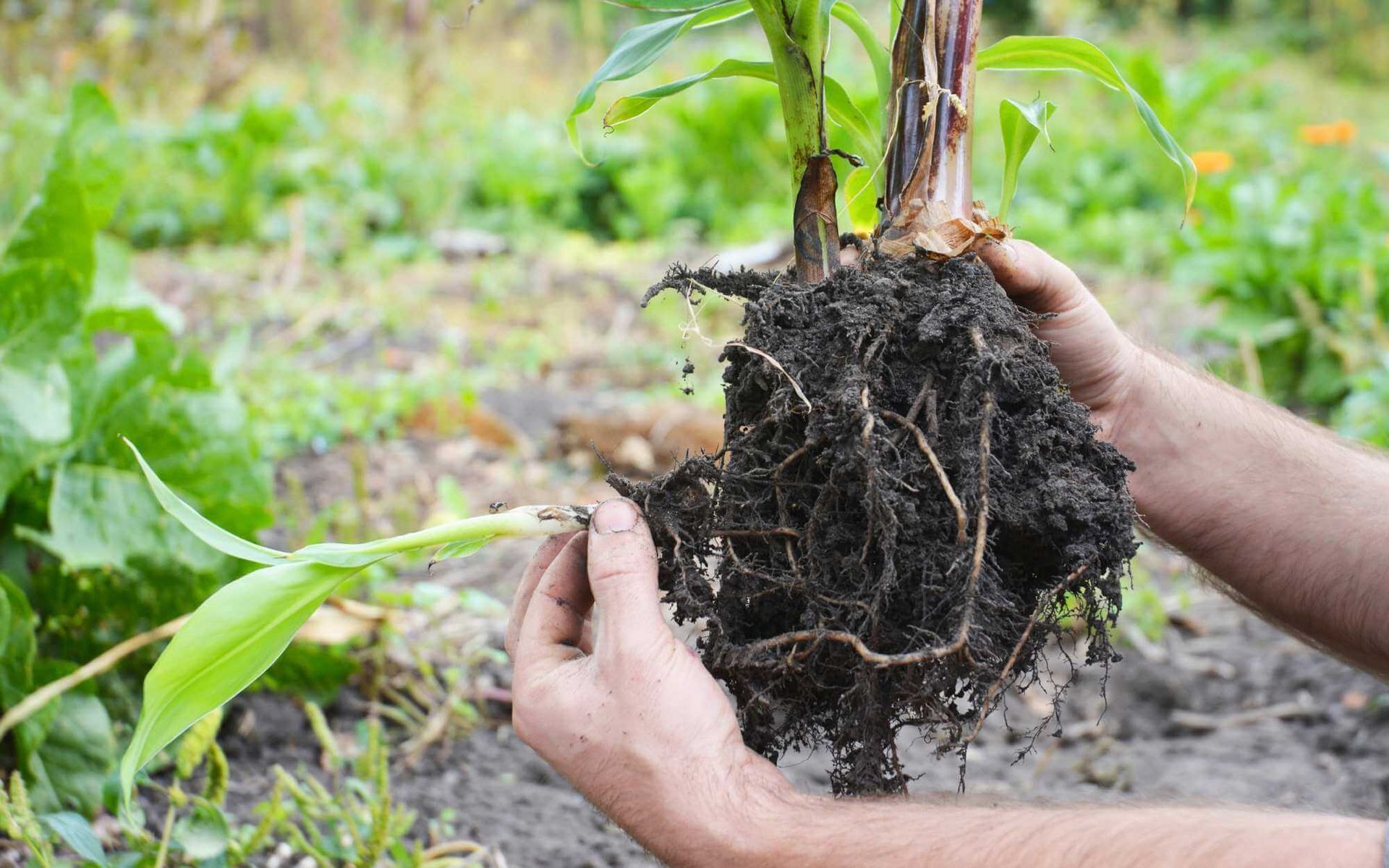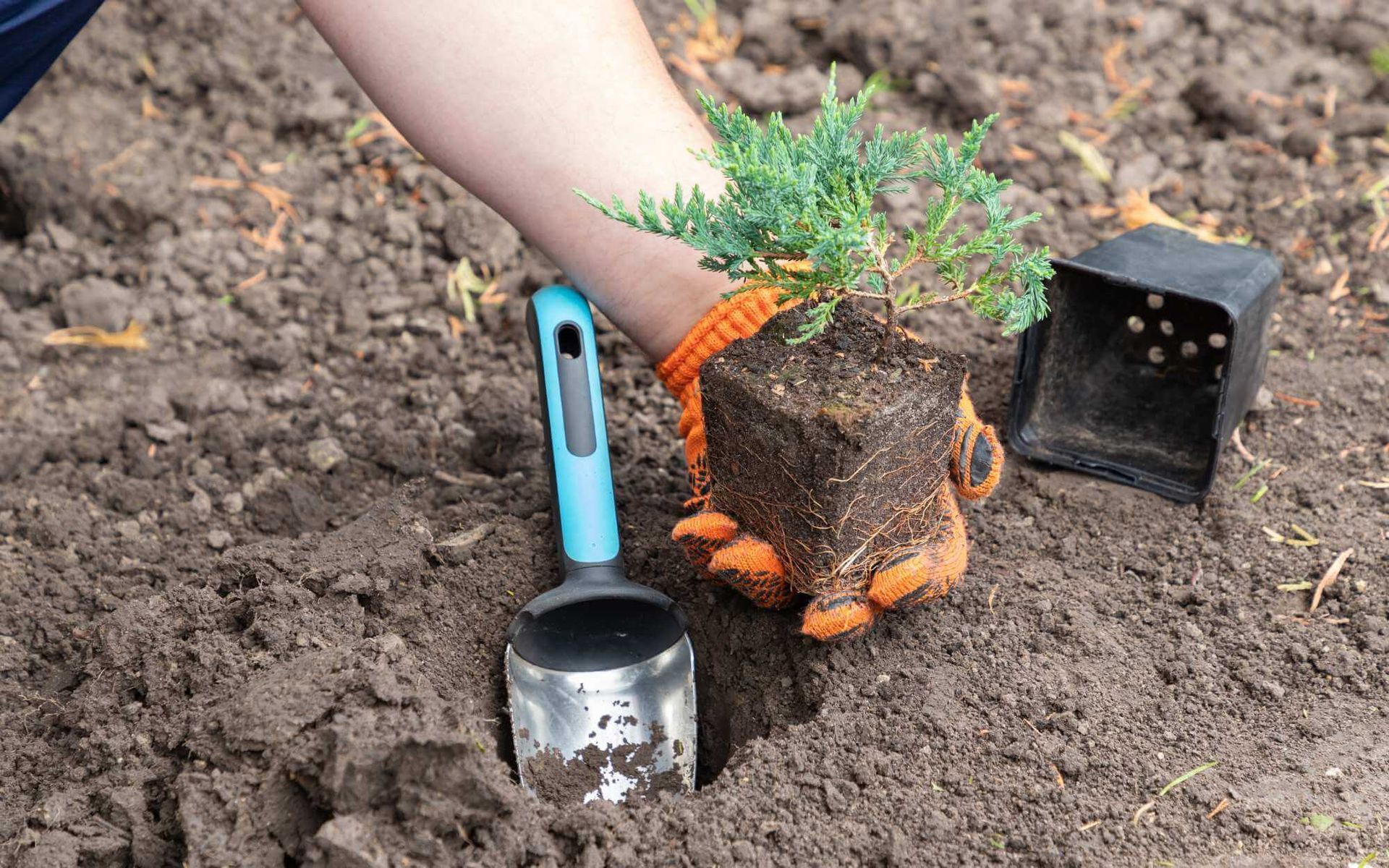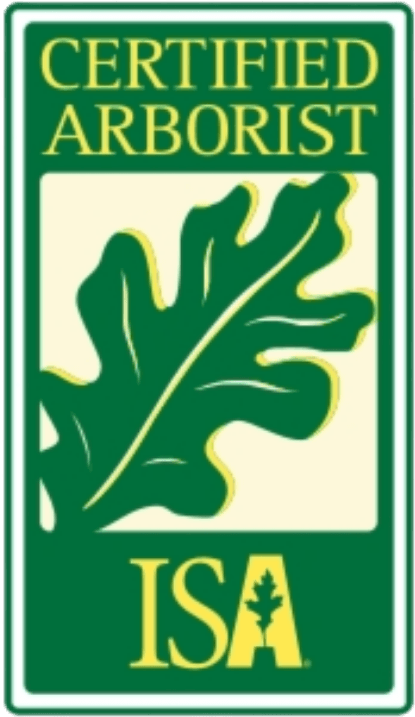Moving Giants: Expert Strategies for Transplanting a Large Tree
PUBLISHED ON
SHARE THIS ARTICLE
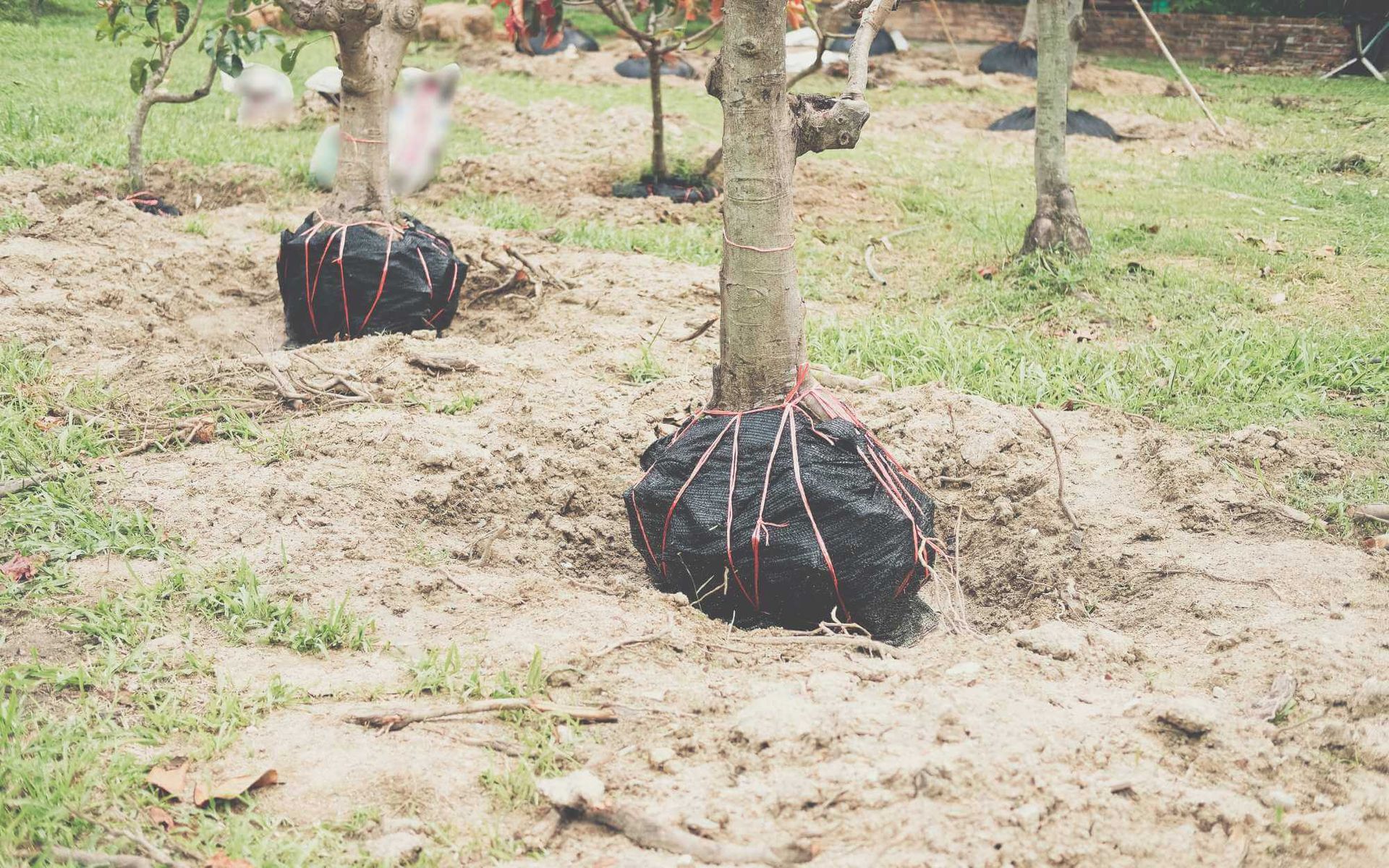
A flourishing, majestic tree can be the centerpiece of any landscape, providing shade, beauty, and a touch of the natural world in our urban environment.
However, there are instances when it becomes necessary to move a large tree. This could be due to a construction project, landscape redesign, or simply the tree outgrowing its initial location. Whatever the reason, transplanting a large tree is a task that requires careful planning and execution to ensure its survival and continued growth.
In this comprehensive guide, we'll delve into the expert strategies, techniques, and considerations you need to undertake the ambitious task of moving a tree that has become a highlight of your garden, park, or urban space.
Assessing Feasibility: Is Your Tree a Good Candidate for Transplantation?
Before delving into the act of transplanting a tree, it's crucial to evaluate whether this undertaking is feasible.
The Tree: Know Thy Subject
Size and Age
The size of the tree is arguably the most significant factor when determining transplant feasibility. Trees with a trunk diameter of over two inches and a height of over ten feet are generally considered too large to move easily. Similarly, older trees may have a more extensive root system that is deeply entwined in the existing soil, making the move especially challenging.
Species and Health
Different tree species have varying levels of adaptability and resilience. Specialty trees, like the redwood or the oak, may require more specialized care during and after the move. The health of the tree also plays a vital role; weakened or diseased trees are generally not good candidates for transplantation.
The Environment: Where Will the Tree Be Relocated?
Soil Conditions
Healthy soil is essential for a tree's well-being. The new location should have soil properties that agree with the specific tree needs — be it pH levels, drainage, or nutrient content.
Light and Space
Consider whether the new space can offer similar growing conditions in terms of light exposure and room for the tree's canopy to spread. Ensure there are no nearby structures or other trees that might impede its growth.
Red Flags
If the combination of the tree's current state and the intended new site show significant discrepancies, it might be best to leave the tree in place. Transplanting under less-than-ideal circumstances could doom the tree to a slow decline.
Preparation and Planning: The Essential Step-by-Step Guide Before Moving Your Tree
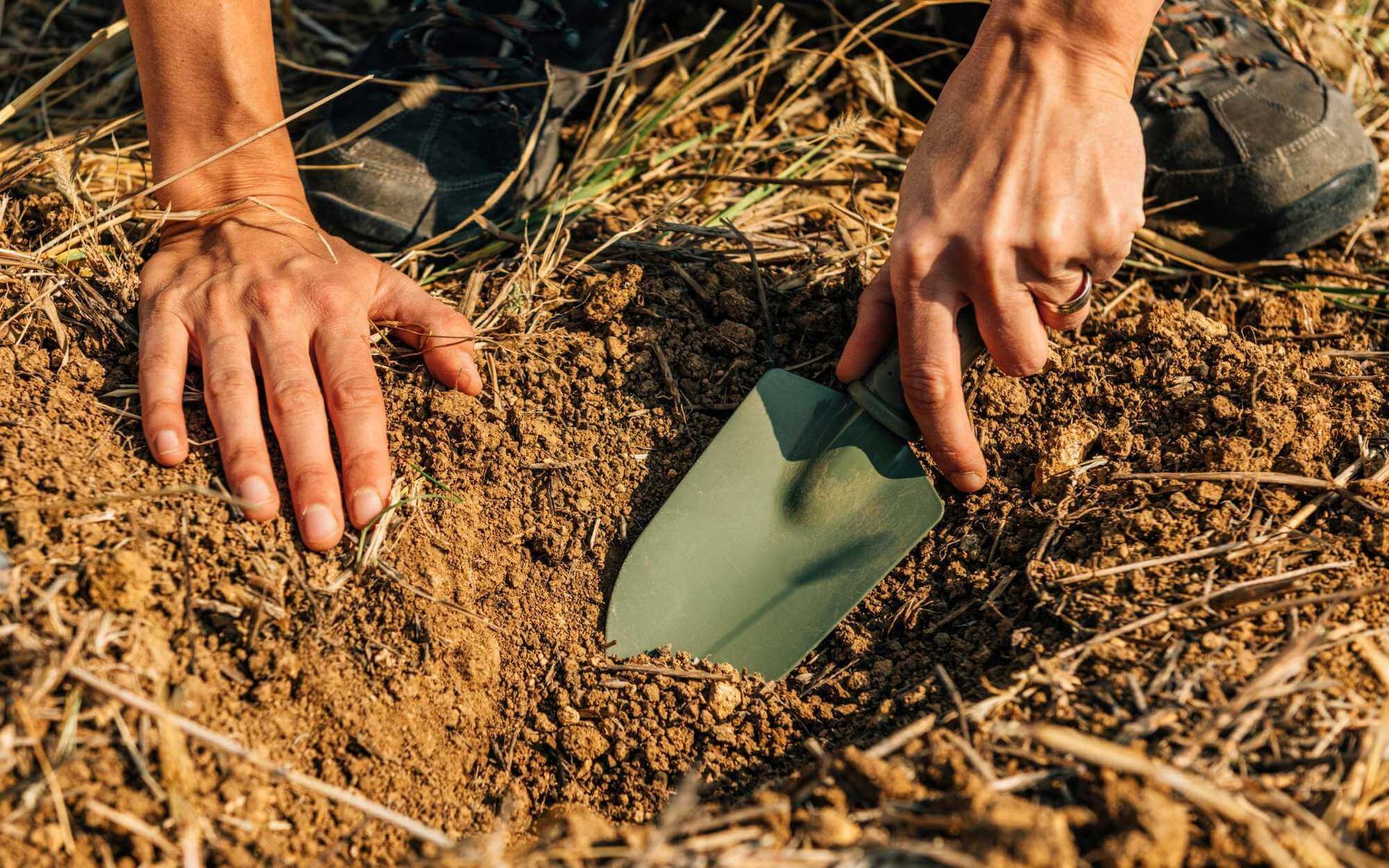
Foundational to successful tree transplantation is thorough preparation.
Pruning and Root Ball Preparation
Pruning
Pruning helps to reduce the stress the tree will experience during and after the move. Remove any damaged or diseased branches, as well as any that could obstruct the move or encroach on the root ball.
Root Ball
The root ball is the mixture of earth and roots that is to be transferred with the tree. It should be prepared with a sharp spade, aiming for a compact, round ball that retains the majority of the tree's roots.
Site Selection and Preparation
Selecting the new site for the tree is a delicate task. The soil should be ready to receive the tree with minimal disturbance to avoid post-moving stress.
Soil Testing
Perform a soil test to ensure the new site's soil matches the tree's needs. Amendments might be necessary before the move to get the soil conditions just right.
Aeration and Moisture
A week or two before the move, aerate the new site's soil to promote water and nutrient absorption. Ensure that the soil remains moist but not waterlogged.
Equipment and Resources Needed
Tree Spade
The tree spade is a specialized tool that can dig a root ball of almost any size. Investing in professional-grade equipment could make all the difference for the well-being of your tree.
Mulch and Stakes
Prepare mulch and stakes for the post-transplant stage. These will aid in water retention and support the tree as it readjusts its root system.
Transplanting Techniques: Choose the Right Method for Your Tree
There are several methods for transplanting a big tree, and the best one for you will depend on the tree's size, the timing, and the resources available.
Ball and Burlap Method
When to Use
This traditional method is best for trees that are being moved within their dormant season. It involves creating a tight root ball that is then wrapped in burlap to keep it secure during transit.
Execution
Start by removing soil from the base of the tree and compacting the remaining roots and soil into the form of a ball. Once secured, the burlap is wrapped around and tied. The root ball is then positioned onto a sled for transportation.
Tree Spade Method
When to Use
The tree spade method is most appropriate for large trees and can be carried out at any time of the year. It is relatively quick, which can reduce the root's exposure to the elements.
Execution
A machine with a tree spade attachment is used to cut a conical shape of soil and roots, which can then be simply lifted out of the ground and moved to the new site.
Air Spade Method
When to Use
This method is ideal for particularly sensitive trees or when the root system is in danger of extensive damage.
Execution
The air spade method uses high-pressure air to move soil, dirt, and roots away from the base of the tree without causing harm. It requires a delicate touch, skill, and a patient process.
Post-Transplant Care: Nurturing Your Tree After the Move
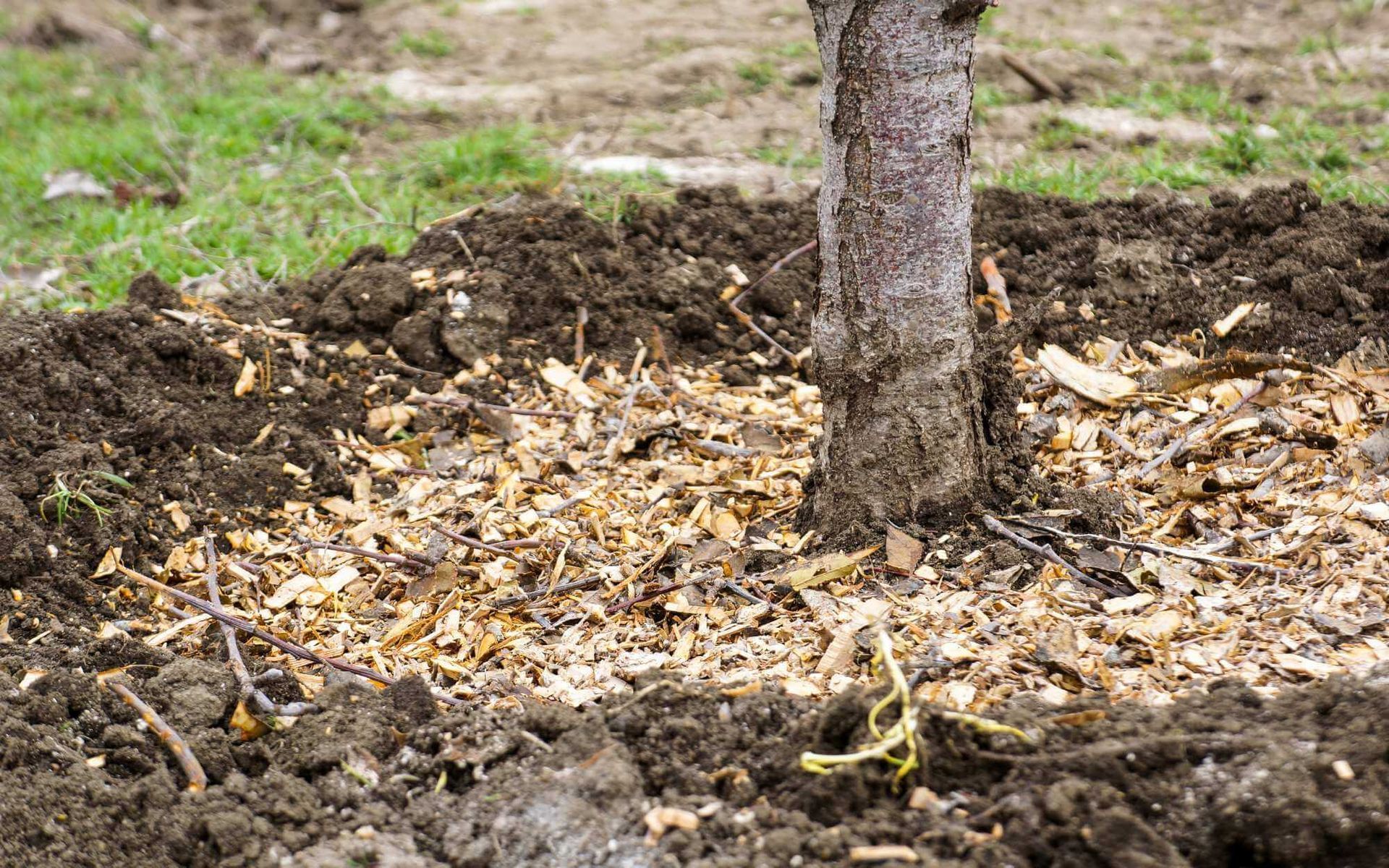
Post-transplant tree care is crucial for the recovery and growth of the tree transplants.
Immediately after the move, water thoroughly to settle the soil and eliminate air pockets.
Mulch around the tree base to retain moisture, but avoid direct contact with the trunk. Staking may be necessary for stability, especially for larger trees.
Monitor transplanted trees for signs of transplant shock, such as leaf wilting or scorching, and address them promptly.
Over the following weeks, water regularly without over-saturating, and keep a close eye on soil conditions and pests.
Avoid fertilization for the first year to prevent stress on the recovering root system.
Safeguarding the Giants Among Us
Transplanting a large tree is a monumental task that requires patience, planning, and a good amount of knowledge. By following the strategies and methods highlighted in this guide, you can ensure that your tree continues to flourish for years to come.
Remember, every tree is a living legacy, and by moving these giants, we're not only shaping our landscapes but also demonstrating our commitment to preserving the natural world in our ever-evolving urban spaces.
Want a free quote or some friendly advice? Call our team today:

